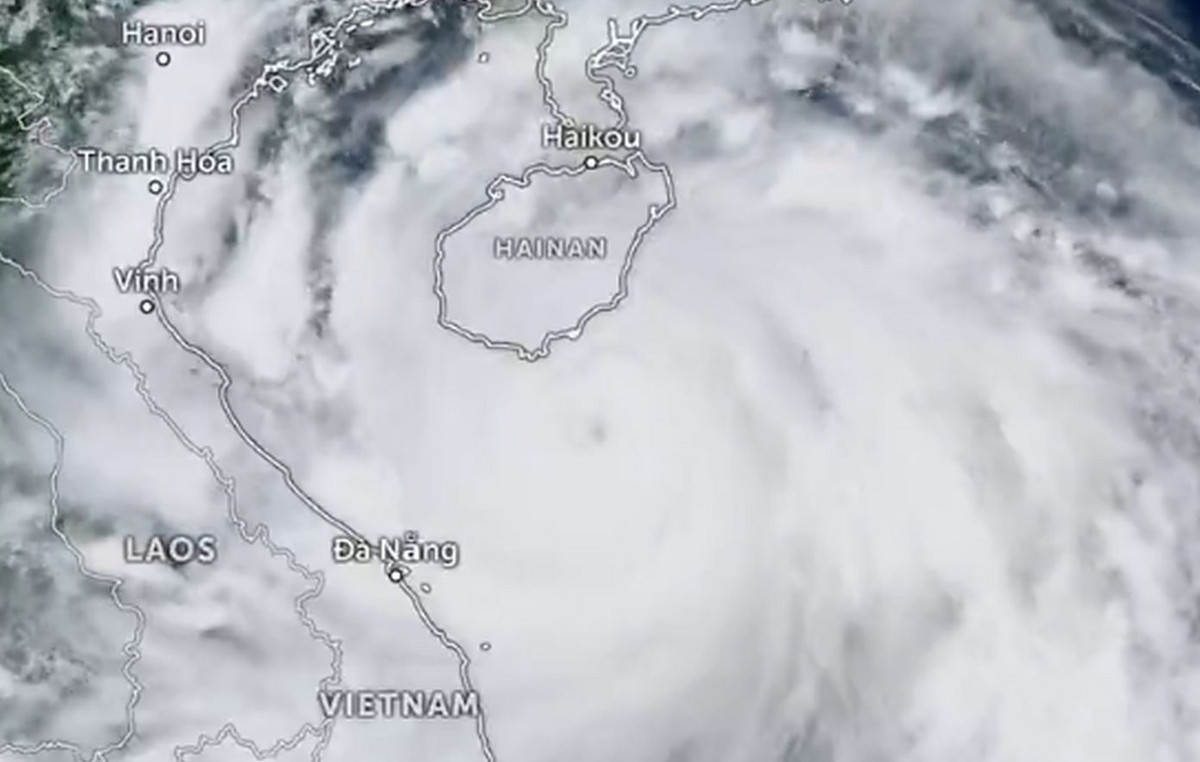As of this Saturday (16), the electricity bill will no longer have an extra charge with the entry into force of the green tariff flag.
Until then, the flag in force was that of water scarcity, created in September 2021 to compensate for the increase in the cost of energy generation due to the water crisis that the country was facing at the time, which forced the activation of thermoelectric plants. This represented an additional charge of BRL 14.20 for every 100 kilowatt-hours consumed.
The Ministry of Mines and Energy estimates that the electricity bill should have a reduction of about 20% starting next month for residential consumers. The folder also said that with the maintenance of rain conditions, the perspective is that the green flag will continue until the end of the year.
Understand the tariff flags
THE green flag appears on the electricity bill when there are favorable conditions for energy generation. With this, there is no increase for the consumer in the tariff.
already the yellow flag signals that some conditions that make energy generation more expensive have begun to appear. As a result, the tariff increases by R$ 1.874 for every 100 kilowatt-hours (kWh) consumed in the month.
THE Red flag signals a worsening in power generation conditions. Level 1 of the banner represents an increase of R$ 3,971 for every 100 kilowatt-hours (kWh) consumed. Level 2, on the other hand, represents an increase of R$9,492 for every 100 kilowatt-hours.
THE water scarcity flagcreated last year, represents an additional charge of R$ 14.20 for every 100 kilowatt-hours consumed.
Aneel proposes readjustment in tariff flags
Last Tuesday (12), the board of the National Electric Energy Agency (Aneel) proposed increases in some tariff flags. The proposal, however, will undergo public consultation.
In some cases, readjustments are greater than 50%. According to the proposal presented by the agency, the value of the yellow tariff flag would increase by 56%, from R$1.874 per 100 kilowatts (kWh) to R$2.927. Red flag 1 would go from R$3,971 to R$6,237, up 57%.
The most expensive level of the flag, red 2, would have a reduction of 1.70%, from R$9,492 per 100 kWh to R$9,330.
The proposal may still undergo changes during the public consultation. Contributions on the topic can be sent between April 14 and May 4.
Source: CNN Brasil
I am Sophia william, author of World Stock Market. I have a degree in journalism from the University of Missouri and I have worked as a reporter for several news websites. I have a passion for writing and informing people about the latest news and events happening in the world. I strive to be accurate and unbiased in my reporting, and I hope to provide readers with valuable information that they can use to make informed decisions.







